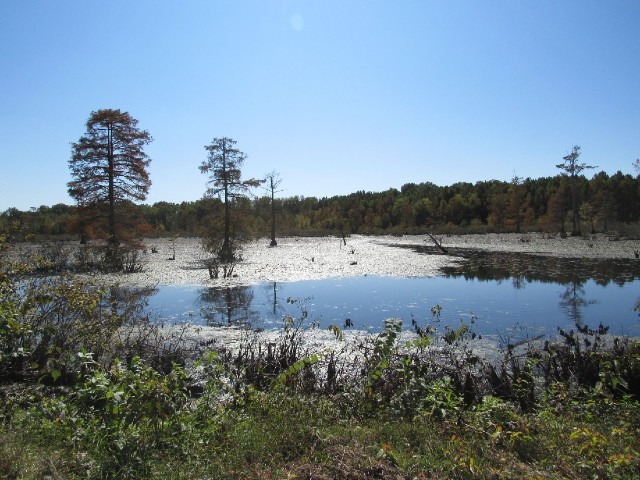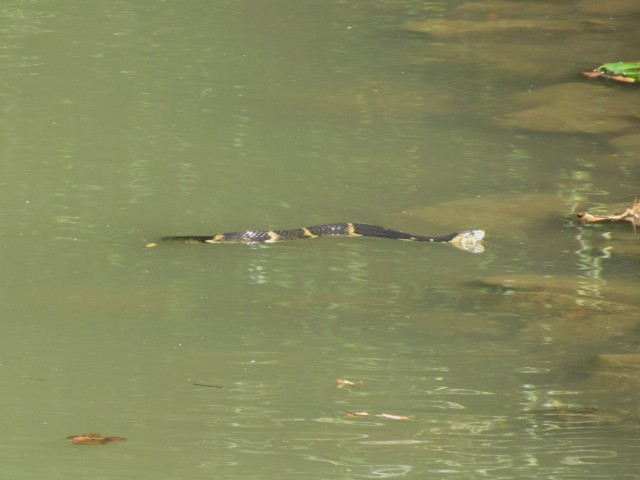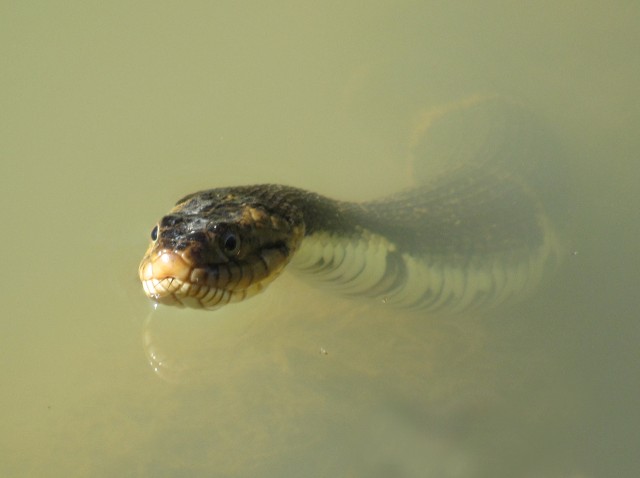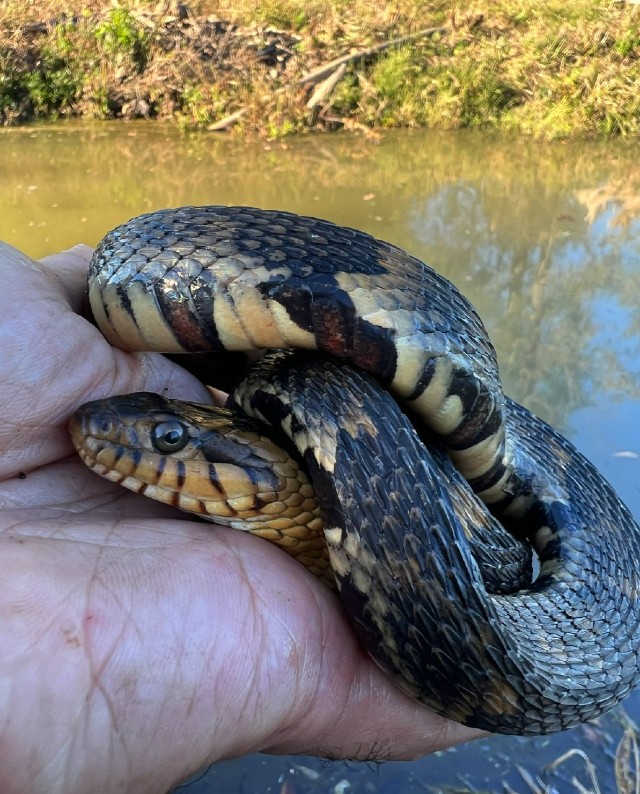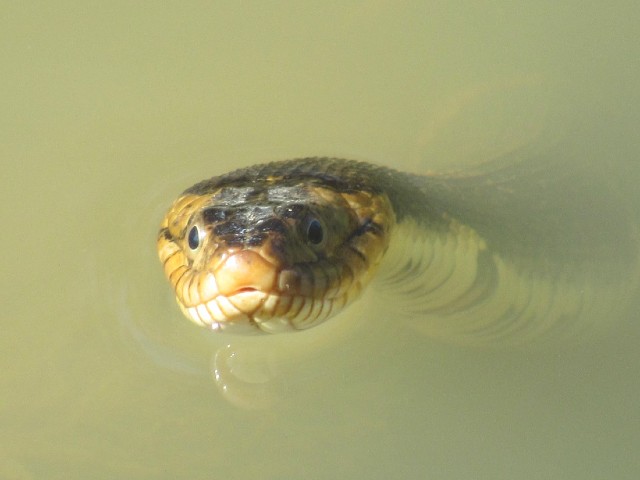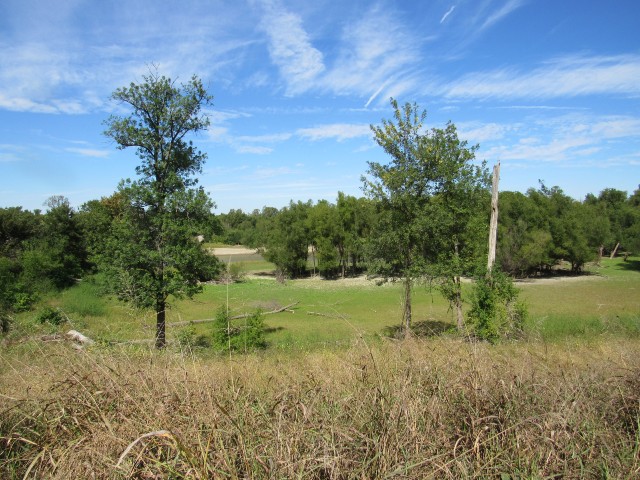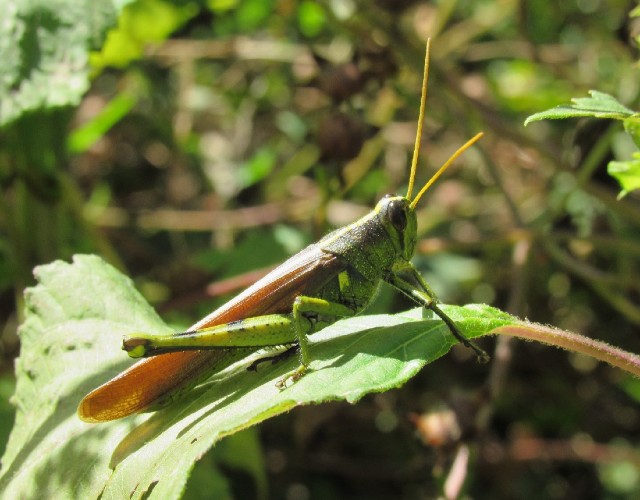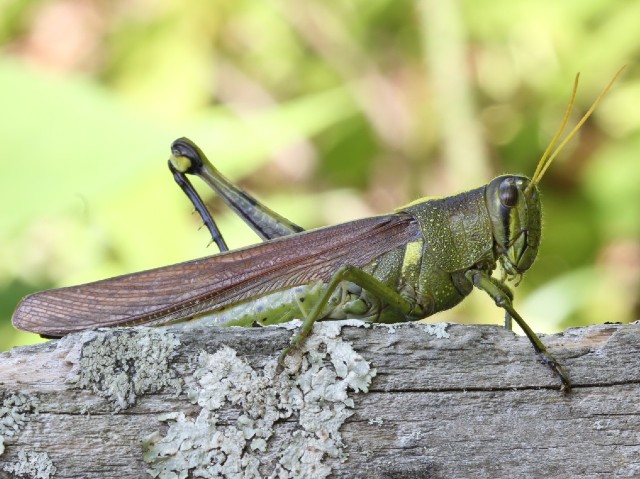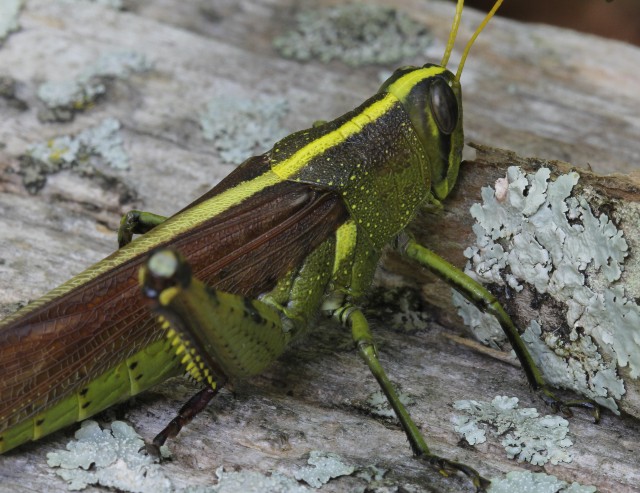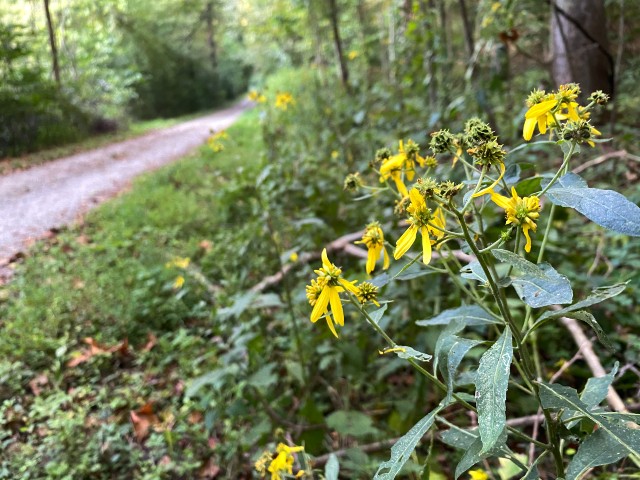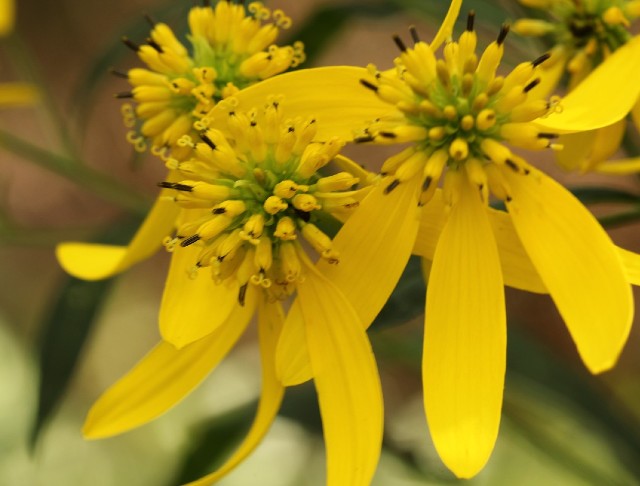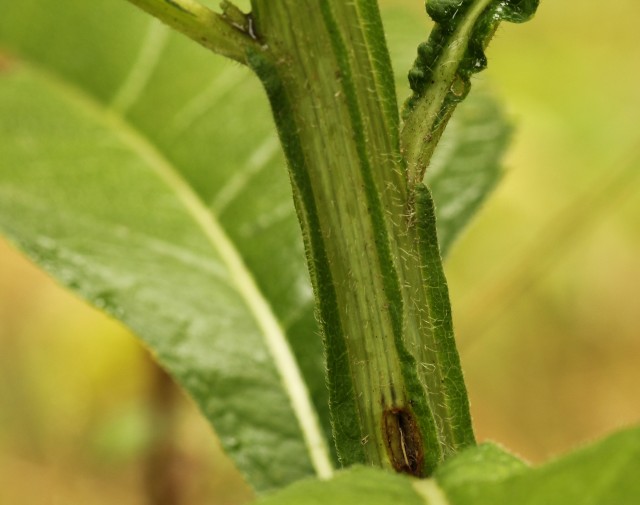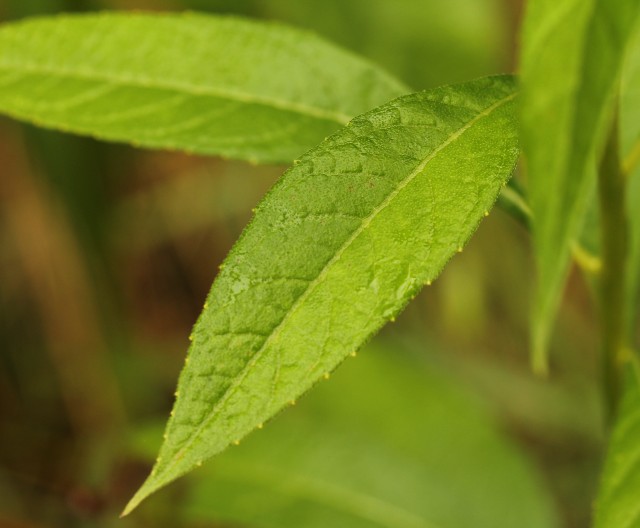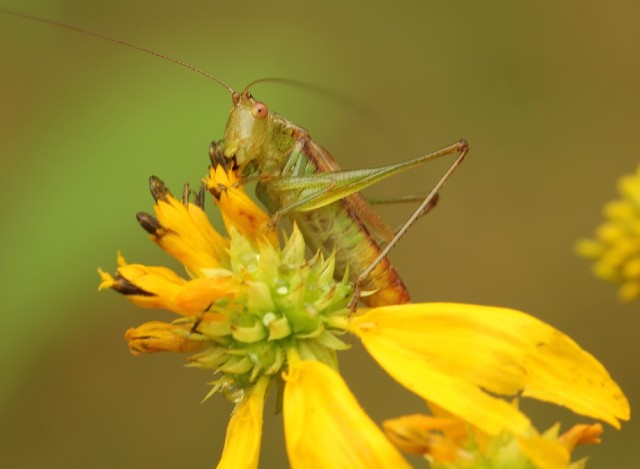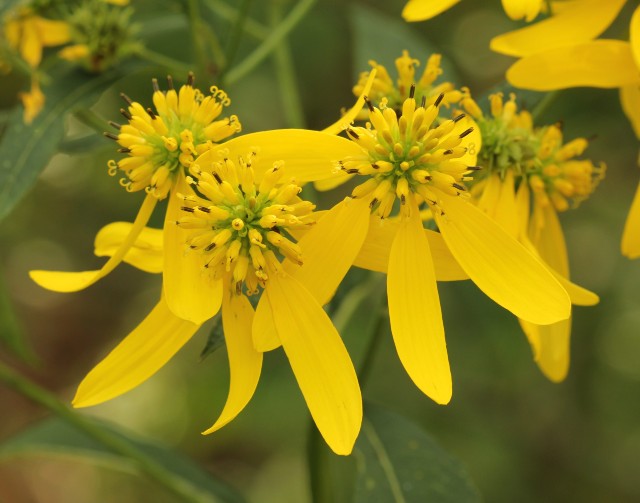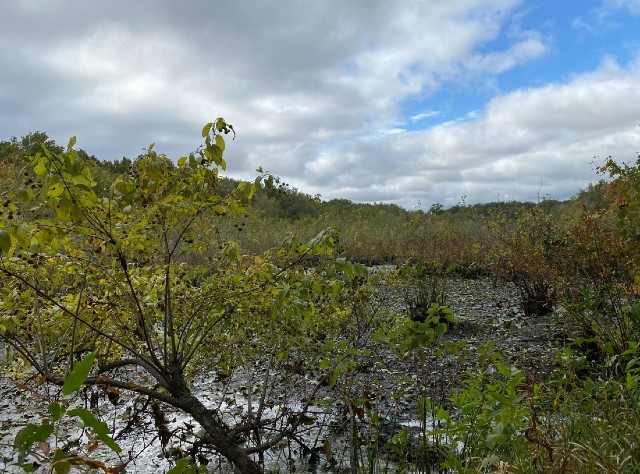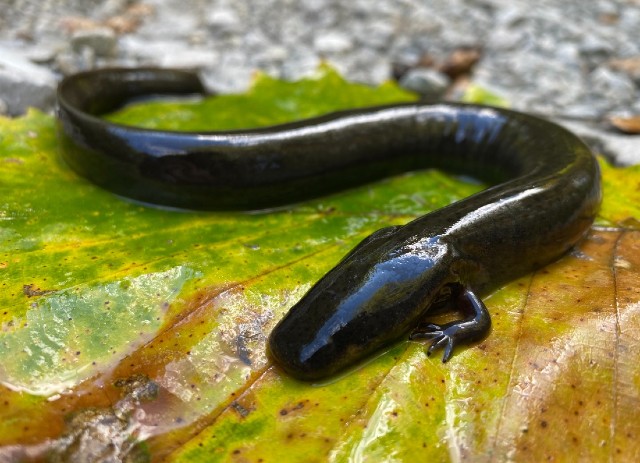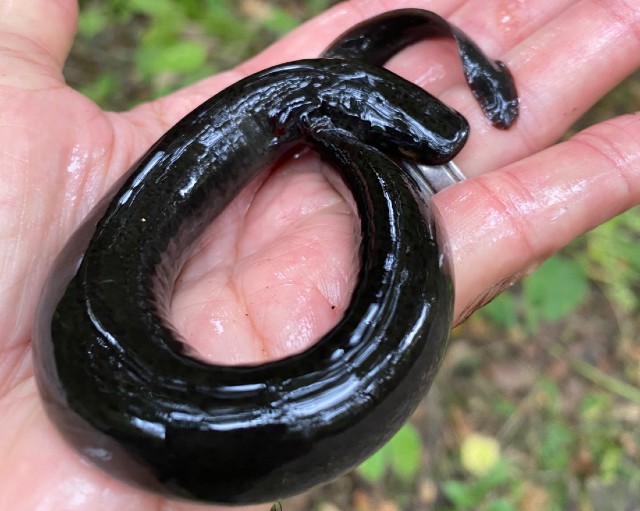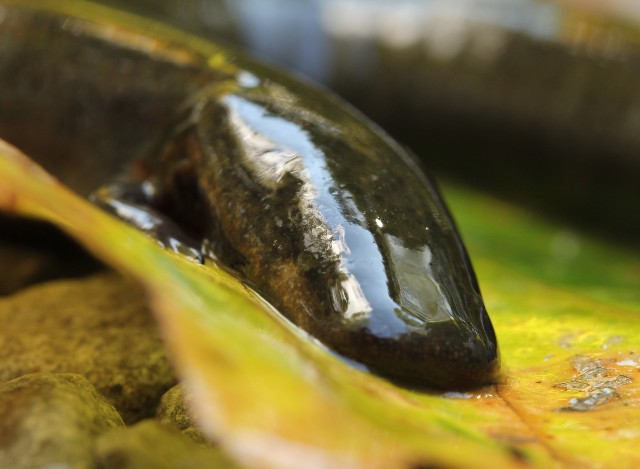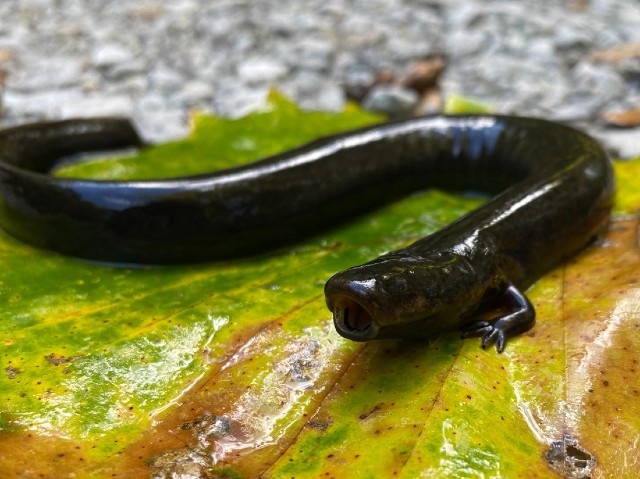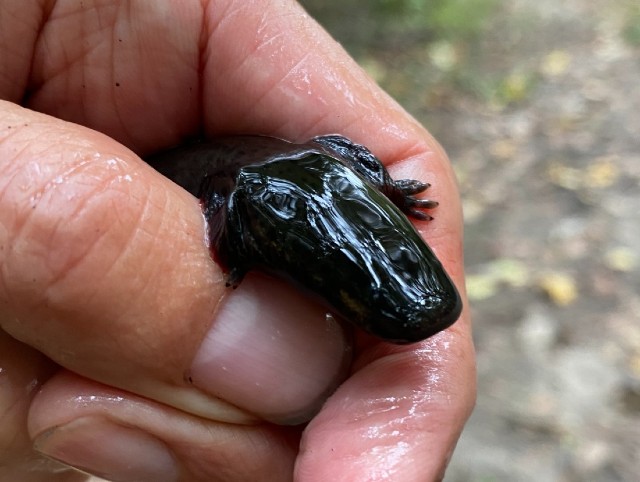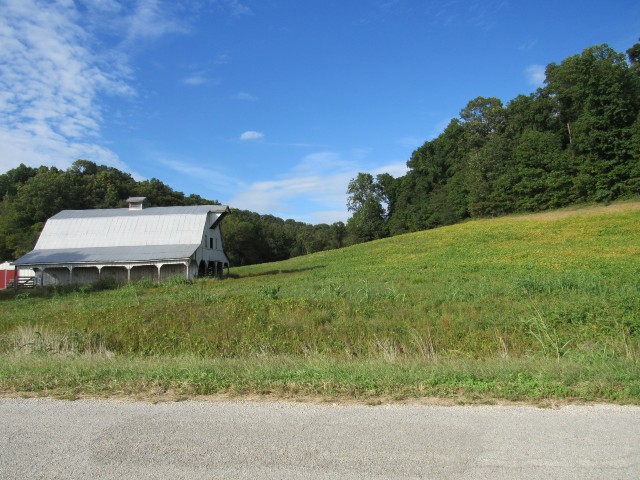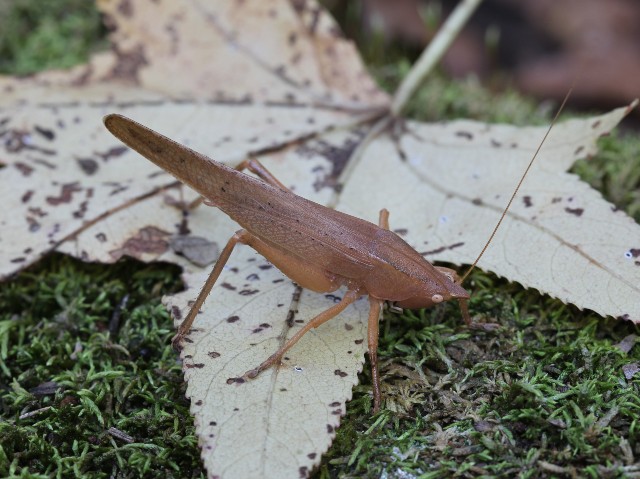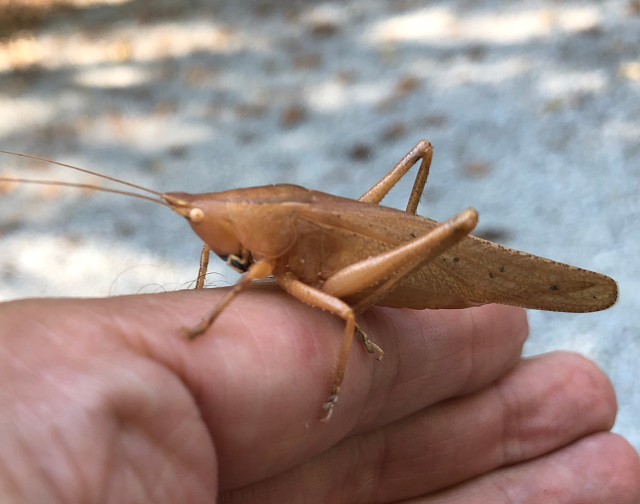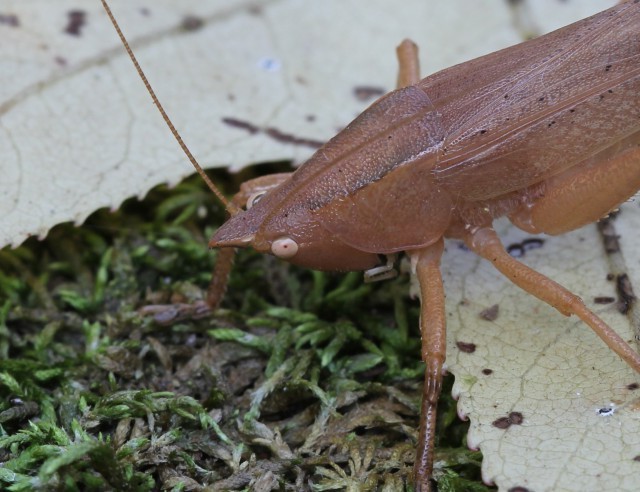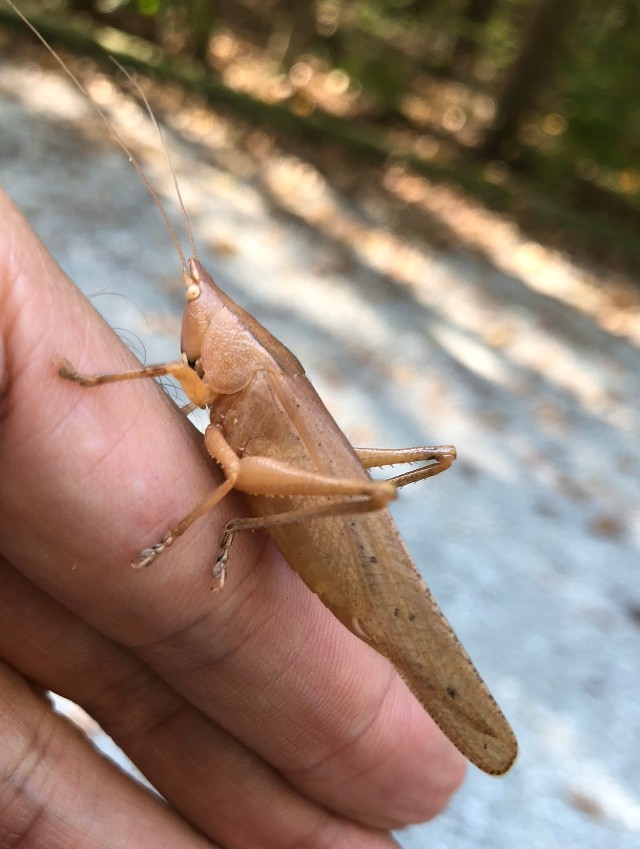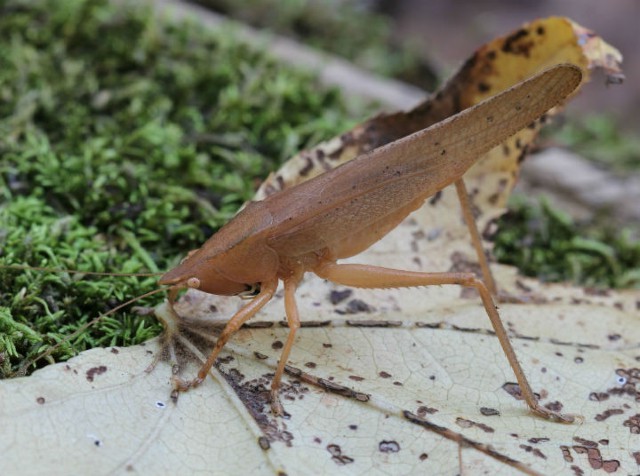While visiting Snake Road in southern Illinois this month, I decided to take a drive to Missouri to see what sorts of herps were out. My first snake in “The Show-Me State” was a “lifer.” This distinctive looking reptile is heavy-bodied with a series of irregular, wide and dark bands across a background cream coloration. It was easy to identify even at a distance.
Broad-banded Water Snakes can be found in and around lakes, ponds, streams, rivers and drainage ditches. This species is especially common in swamp and marsh habitats. It is at home in areas of thick vegetation, where both food and cover to escape fom predators is abundant.
This species feeds primarily on fish and frogs. It uses stealth to move about vegetation and debris to find and catch its food. It commonly hunts at night, especially after it rains, because this is when frogs are most active.
North American water snakes are thought to be most closely related to garter snakes, and like garter snakes, they do not lay eggs. Instead, the mother carries the eggs inside her body and gives birth to free-living young. The Broad-band averages generally an average of 15 babies per litter.
It was exciting to come across this snake (which I’ve been keeping and breeding at home for years) in the wild for the first time.

